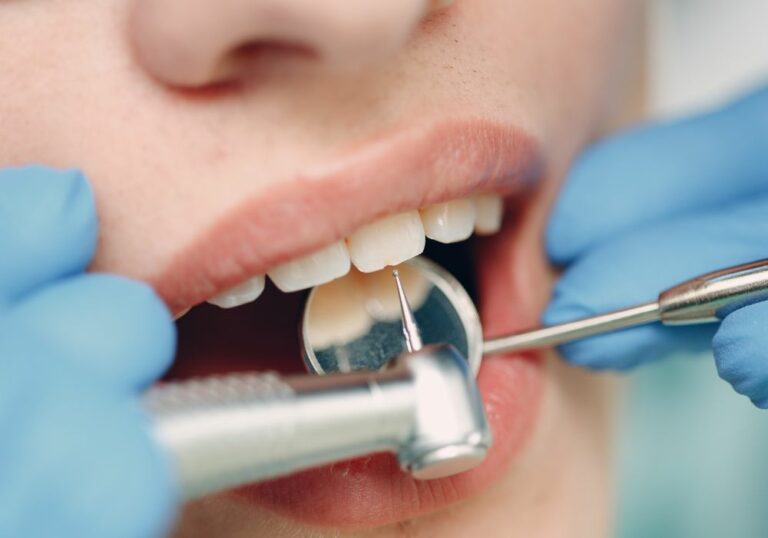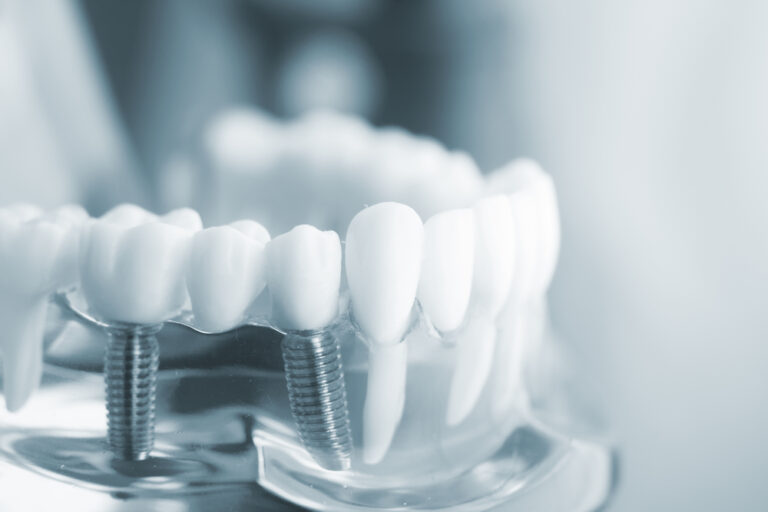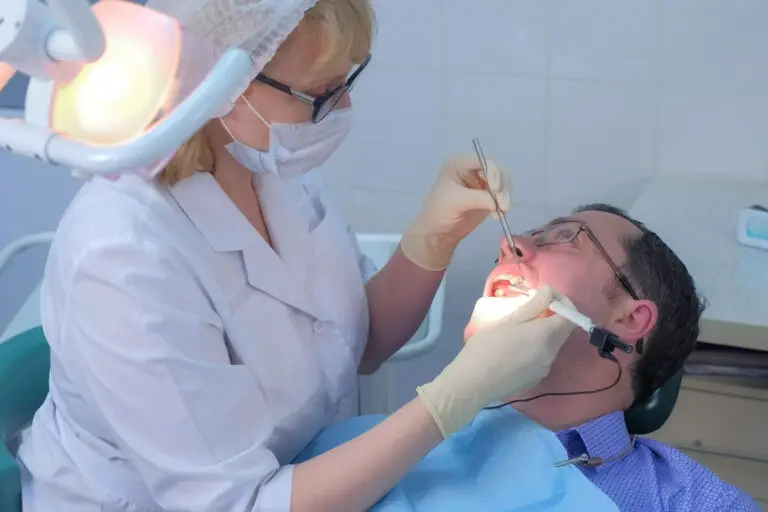Dental cement is one of the most useful tools dentists use in restorative dentistry. They’re an integral part of the process of getting dental crowns, bridges, fillings, and tooth replacements like veneers done.
But like most materials, dental cement isn’t invincible. Over time, it can break down and require a touch-up or replacement to keep your dental restorations strong and healthy. But how long does dental cement last in your teeth?
In this article, we’ll answer that burning question. We’ll also fill you in on the signs and symptoms of dental cement that is due for a replacement, as well as some tips on how to prolong your cement’s lifespan for as long as possible. Keep reading to learn more!
First Thing’s First—What is Dental Cement?

Dental cement is one of the most important dental appliances out there. The cement is a hard tissue that is used for a variety of procedures, specifically in restorative dentistry.
It’s the material used in most fillings for a cavity or root canal treatment. It’s also what dentists use to “glue” crown caps, bridges, veneers, and more to your real teeth.
There are many kinds of dental cement, including zinc oxide cement, resin cement, glass ionomer cement, composite cement, and many others. The type of dental cement your dentist will use on you depends on what is most compatible with your teeth and treatment.
How Long Can Dental Cement Last?
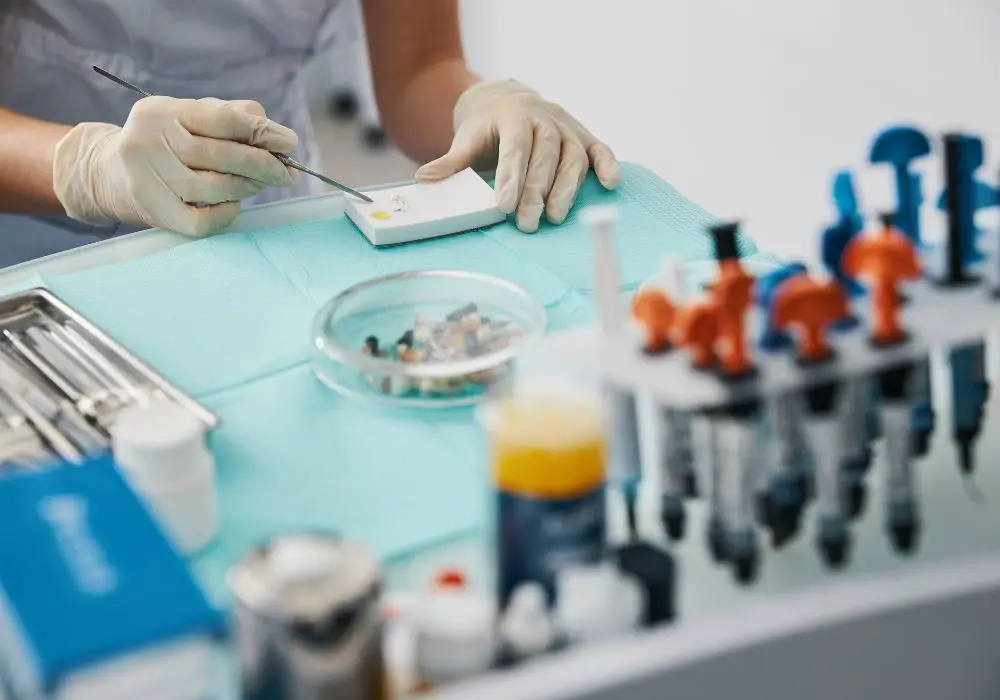
Dental cement doesn’t last forever. Even if these dental adhesives are designed to last for a long period of time, they can still break down and need replacing.
How long your cement will last depends on what type of cement it is. There are two kinds: temporary (meant for short-term restorations) and permanent (for long-term treatments). Each one has a different average lifespan.
Temporary cement lasts a few weeks or months
For new restorations, dentists will sometimes attach dental implants, crowns, bridges, and other treatments using temporary cement first. This is to assess how accurate the fit is and how the patient feels with their restorations. After some weeks, it will be replaced with permanent cement.
The same goes for cement used as fillings. Cavities and other painful conditions can be sealed with a temporary filling while your dentist creates a permanent one. You could say that the temporary filling works as an emergency treatment to keep bacteria out until a permanent solution is ready.
Temporary cement provides a weaker bond than permanent cement. So, it doesn’t last as long. It’s meant solely for temporary restorations (such as temporary crowns which aren’t meant to stay on the underlying tooth forever) or for treatments that will be replaced with permanent cement soon.
After a few weeks to a couple of months at most, the temporary cement must be removed or replaced with permanent cement.
Want to see temporary dental cement in action? Check out this video of how temporary cement is prepared and used to bond a dental crown to natural teeth:
Permanent cement lasts 5-15 years
Next, we have permanent cement, which is designed to be long-lasting. This kind of cement is used on restorations that are meant to last forever, such as dental crowns, implants, veneers, and more. Overall, permanent cement can last anywhere between 5-15 years—perhaps more.
Unlike temporary cement which is easily dislodged, permanent cement has higher durability. It can withstand chewing and even grinding, although it can speed up the time when it needs replacing. It creates a strong bond with your natural teeth that is difficult to dislodge and break apart.
Here are just some of the permanent restorations that will likely need this type of cement:
- Dental crowns to permanently cover a damaged natural tooth
- Bridges to replace more than one weak tooth
- Porcelain veneers to enhance your smile
- Inlays and onlays
- Tooth bonding to repair chips and cracks in your teeth
- Orthodontic brackets
Signs That It’s Time to Replace Your Dental Cement

You don’t have to come in too often to replace your dental cement. Some people might live their entire lives without having to get a filling of dental adhesive for their restorations replaced. But for many, it’s a must, especially if their dental cement is already causing oral health problems.
Over the years, your dental cement can start to deteriorate. This is natural. Sometimes, it’s caused by wear and tear as you age, especially if you have a bad habit of grinding your teeth or poor oral hygiene. Things like changes in acidity and temperature can also lead to a compromised filling.
But how do you know when it’s time to schedule an appointment with your dentist to get your cement replaced? Here are just a few of the physical signs to watch out for.
1. Your dental restoration gets dislodged
The first sign that your dental cement has failed is that your restoration gets dislodged. When that happens, your crown, bridge, or filling comes loose and falls out.
It doesn’t always have to be a full dislodgement. As soon as you feel like your restorations are wobbly and not as secure as they used to be, schedule an appointment with your dentist right away to get it fixed.
2. You feel sensitivity where the cement is placed
If you feel tooth sensitivity where your dental cement is placed, it can mean the cement is slowly breaking down and isn’t as effective anymore. Compromised filling cement can lead to tooth decay since it won’t be as good at doing its job of sealing the gaps and holes in your damaged teeth.
3. There are gaps and spaces in the cement
If you can see gaps and spaces in the dental cement, you’ll want to get it replaced as soon as you can. When there are holes in the cement, microleakage—or the infiltration of bacteria in your natural tooth—can occur. This can lead to even more tooth decay and discomfort.
4. Staining and discoloration
Very old dental cement that needs replacing might take on a different color after all those years. It’s a tell-tale sign that your cement has fully deteriorated. Here are some reasons why your dental cement is stained and discolored:
- You’ve drunk many highly pigmented beverages over the years, like wine and coffee
- You smoke tobacco, which has high amounts of nicotine and tar—both of which are known to stain teeth
- You’ve neglected to care for your teeth, so a buildup of plaque and tartar has stained the cement in it yellow throughout the years
How to Extend the Lifespan of Your Dental Cement
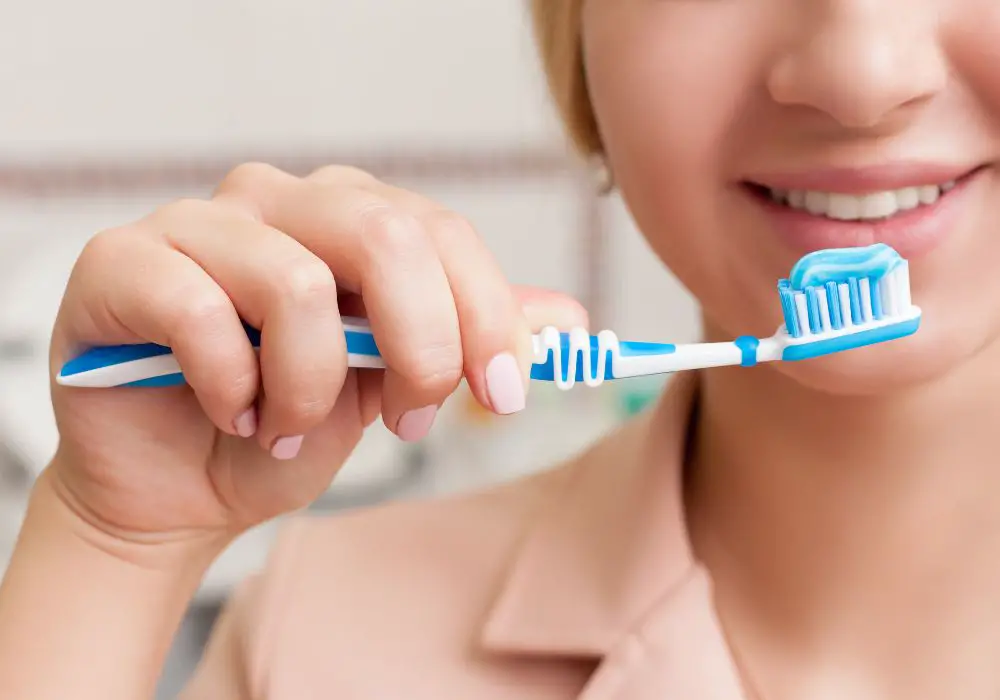
1. Maintain good oral hygiene
If you brush your teeth twice a day with high-quality toothpaste and floss regularly, you can get rid of plaque in your teeth. Consistency is key if you want to see the effects of practicing good oral hygiene.
Not only does this prevent gum disease and tooth decay in the long run, but it can keep dental cement in your restorations from deteriorating, too.
2. Don’t bite down on hard, sticky foods
Try to avoid biting down abruptly on hard foods that can end up cracking your dental cement. This is especially true for temporary cement, which doesn’t have a strong bond like permanent cement. Don’t chew on ice or mindlessly eat popcorn, as the kernels can crack your dental cement.
Sticky foods like taffy, caramel, and chewing gum can also dislodge temporary crowns and fillings. It may also pull out permanent cement if it’s already old and loose from deterioration over the years.
3. Wear a mouthguard to protect your teeth from trauma
If you play any contact sports, it’s best to wear a mouthguard whenever you play a game. That way, if you get injured, your teeth and your restorations will be safe from traumatic injury. The mouthguard works as a cushion against the impact of injuries, protecting your dental cement.
Wearing a mouthguard when you sleep at night also helps keep bruxism (aka excessive teeth grinding) at a minimum. This also protects your dental cement from breaking down, prolonging its lifespan significantly.
4. Schedule regular dental appointments
Seeing your dentist often gives them a chance to check on your dental cement from time to time. That way, if they see anything out of place, they can come up with a plan to replace it as soon as it’s needed.
Communicate with your doctor if you feel any sensitivity and discomfort from your old dental cement. They will give you instructions on how to manage it.
Conclusion
While temporary cement lasts only a couple of weeks or months, permanent dental cement is designed to withstand long periods. You can enjoy the benefits of this dental adhesive for up to 15 years if you take good care of it and practice good oral hygiene for most of your life.
However, dental cement can break down over time due to wear and tear. This can cause your dental bridges, crowns, and other restorations to get dislodged. If this happens to you, go to your dentist right away to get a treatment and replacement.
If you want your dental cement to last you a lifetime, make sure to take your oral health care seriously. Brush and floss your teeth, wear a mouth guard when playing contact sports, get regular dental check-ups, and avoid food that can weaken your dental cement, and you should be all good.

